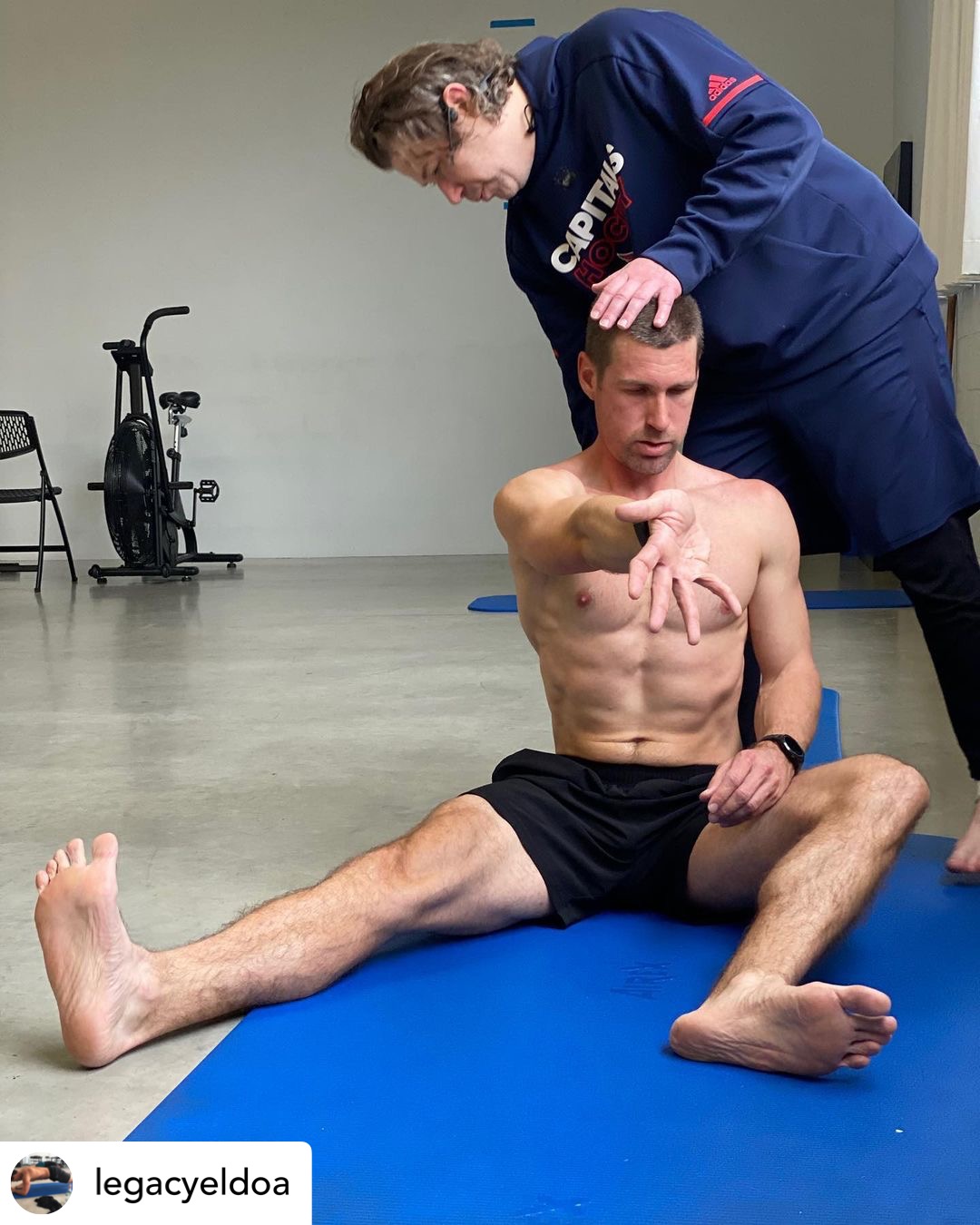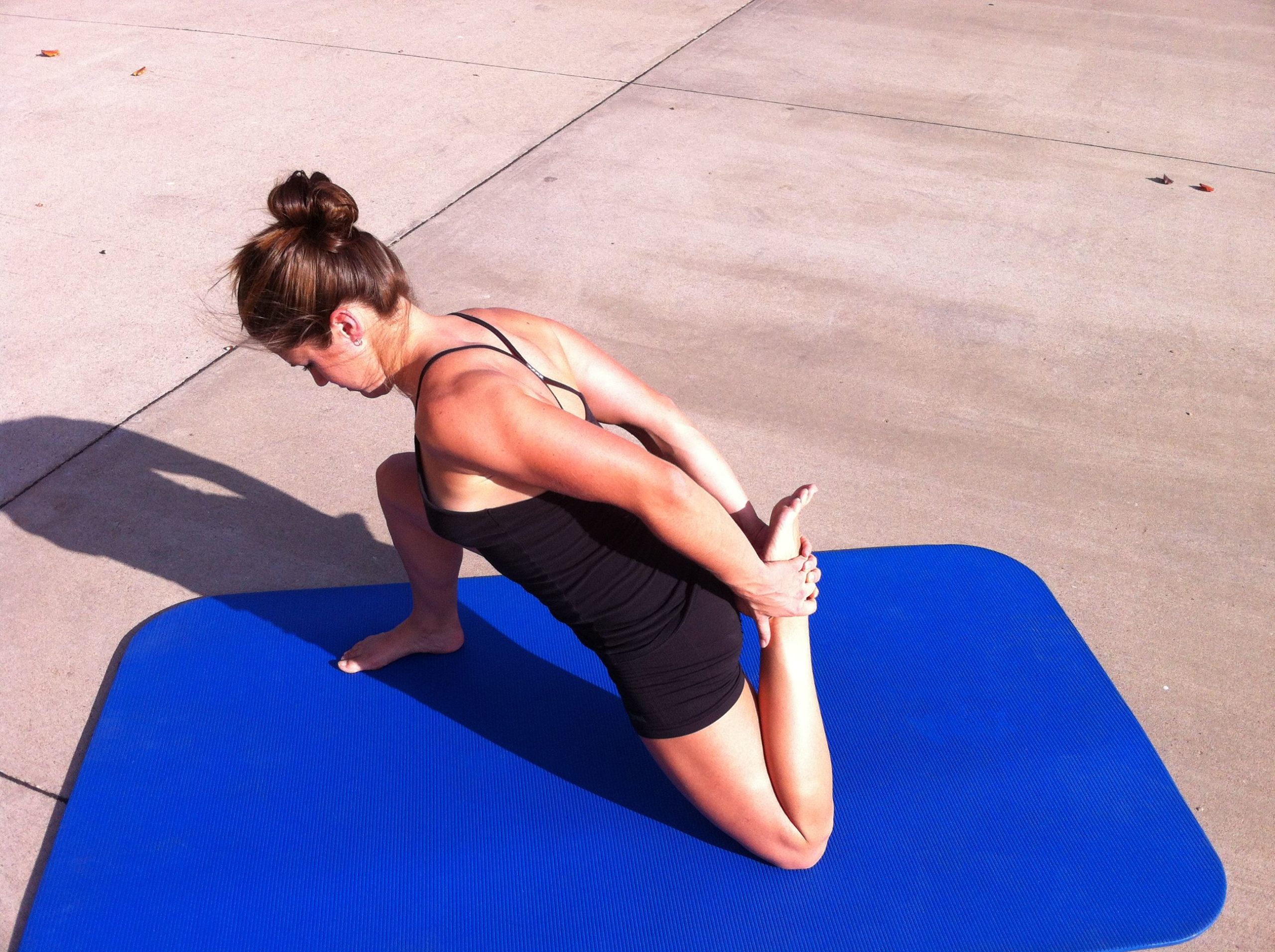For a long time now we believed that we knew how to stretch muscles; however, how do you stretch a muscle when it is sheathed in a leather casing? Muscles are three dimensional in shape with multiple sites of attachment and fascia is the thin ‘skin’ weaving into and surrounding structures like the muscle tissue, ‘linking’ various structures together in a chain that includes the joint or joint capsule.
Stretching a muscle is only effective once the “skin” that covers it is no longer dry and retracted. Myofascial stretches respect the anatomy of the muscles, their aponeuroses as well as their function. At this point, the analytical study of the fascial chains allows for an incredibly effective stretch position.
All the connective tissue in the body is made of water and this water is arranged in microscopic tubules. Perhaps even more amazing is that the fascia is continuous upon itself: it is one single entity. In order to stretch a specific muscle it is better to consider it as a link in a specific chain extending from the toes to the back of the knee, inserting into one or more of the ligaments of the pelvis. This is the ‘real anatomy’ of the body and respects the global organization of its tissues. A stretching posture will be chosen to solicit the tension of the whole fascial chain in order to correct the specific muscle link.
With myofascial stretching (MFS), the goal is not to gain flexibility of a muscle, but to improve the quality of the movement of the tissues in relation to one another. MFS is the only type of stretching that respects this organization.
This seminar will systematically review the proper method of stretching for all major muscles of the trunk, the upper and lower limb giving close to 100 different stretching exercises.


